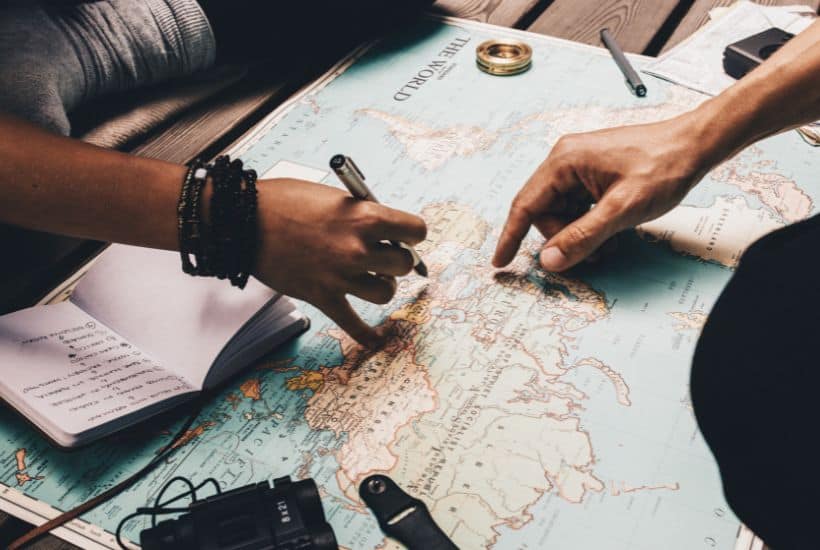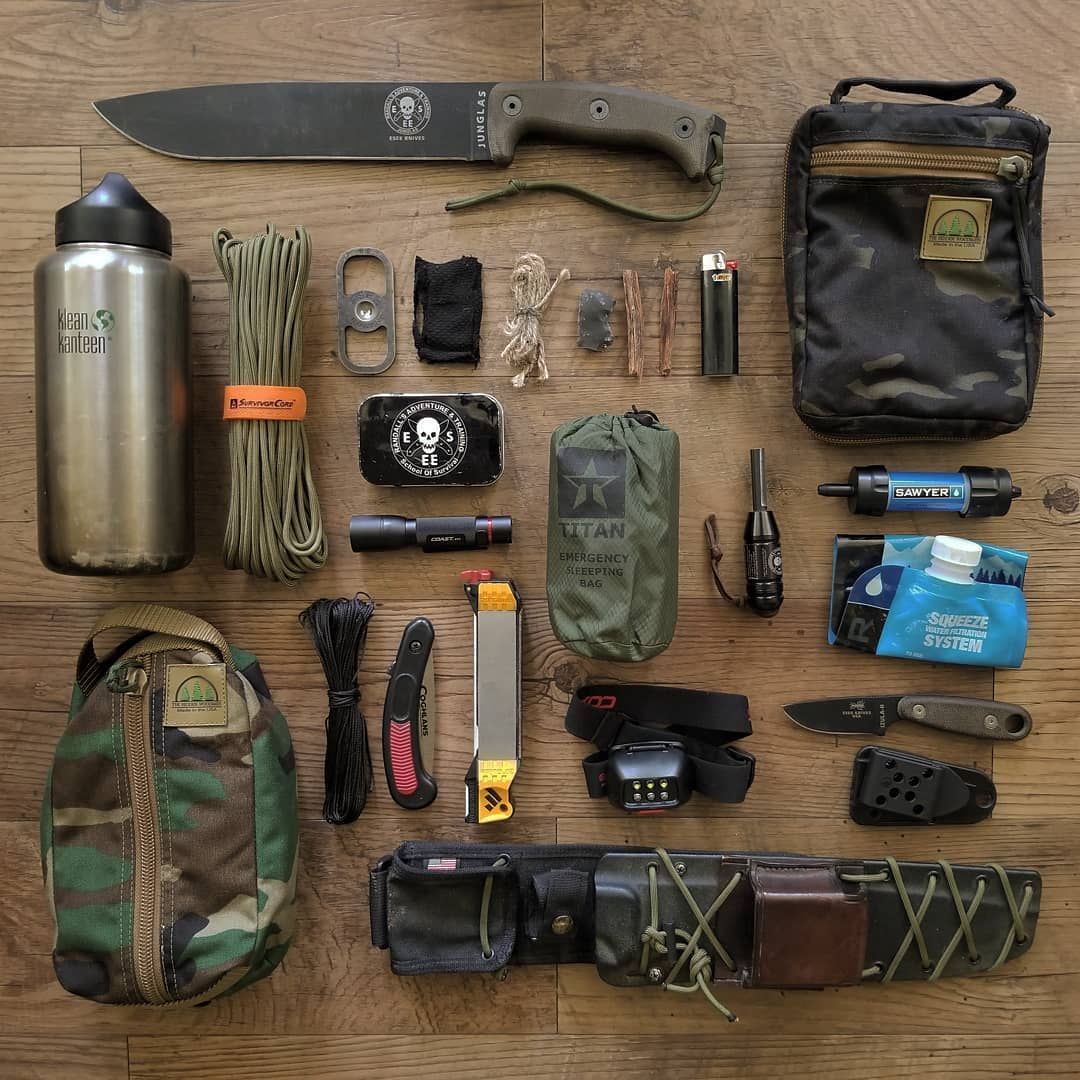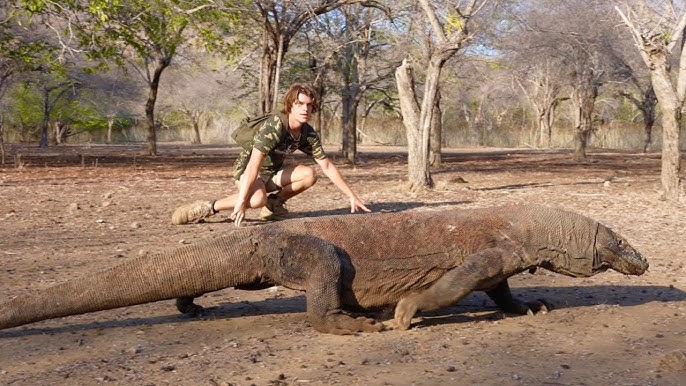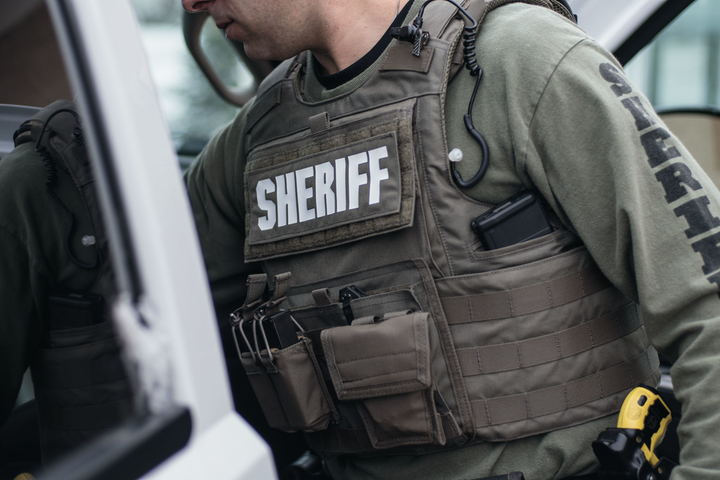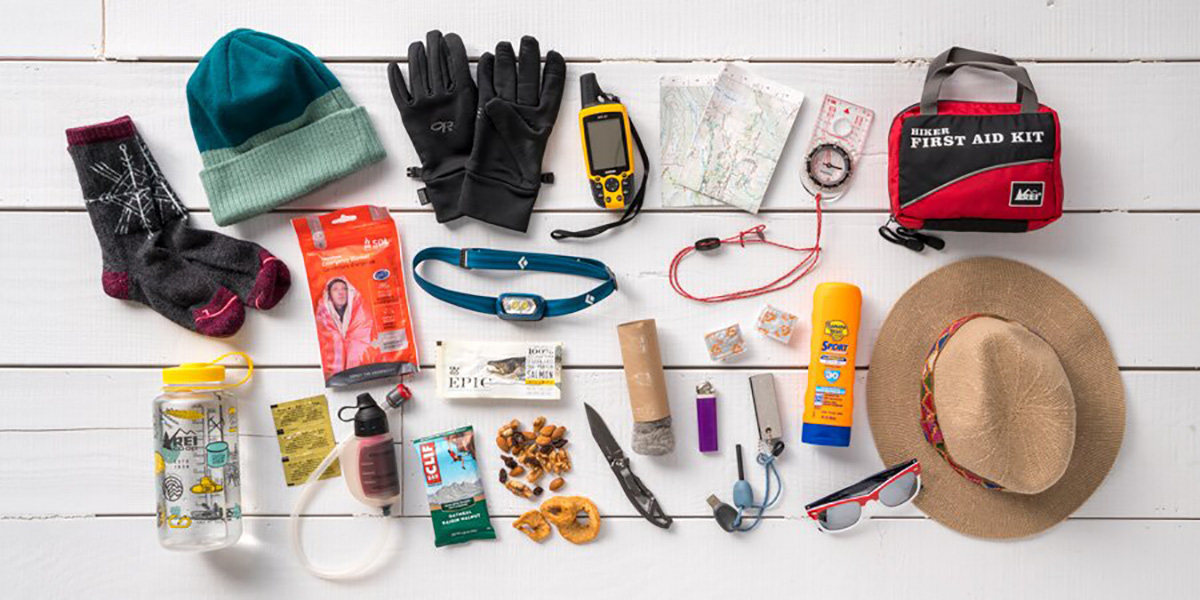The idea of packing the right emergency gear has been around for generations, but it remains just as important today as it was when hikers first started documenting their must-carry items. Whenever you head outdoors—whether it’s a calm afternoon walk through forest trails or a demanding climb in unpredictable mountains—you’re stepping into an environment where conditions can shift without warning. A twisted ankle, an unexpected storm, or even taking a wrong turn can quickly turn a simple trip into a survival situation. Because of that, outdoor experts created a core list of ten categories to help people stay safe, prepared, and capable of dealing with setbacks.
The early versions of this list go back decades. They were shaped by climbers who knew that carrying just a little extra gear could make the difference between discomfort and danger. Over time, the list transformed from a set of single items into a broader “systems” approach, giving people the flexibility to choose specific tools that match their environment, experience, and style of travel. Some ultralight hikers still prefer minimal setups, accepting the increased risk in exchange for moving faster. Others expand each category to cover anything that could possibly go wrong. Whatever your approach, the Ten Essentials remain the foundation of outdoor preparedness.
Packing these systems becomes a habit for anyone who spends time in the backcountry. On most days, you’ll barely touch the emergency items you bring. But the rare moments when things don’t go as planned—when night falls earlier than expected, when a simple trail becomes confusing, or when weather suddenly turns—are when you appreciate having them.
Below is the modern version of the Ten Essential Systems, followed by a deeper look at each one.
The Ten Outdoor Essentials
Updated Ten Essential Systems
-
Navigation:
This system includes every tool that helps you determine your location and direction in the wilderness. It covers a detailed topographic map, a dependable compass for orienting yourself, an altimeter that helps track elevation changes, and GPS devices designed for rugged travel. Many hikers also include a personal locator beacon or satellite messenger, which can transmit your coordinates to rescuers if you face an emergency in an area with no cell signal. Together, these tools give you layers of security when route-finding becomes challenging. -
Headlamp:
A hands-free light source is vital when daylight fades, weather turns dark, or your hike unexpectedly extends past sunset. A reliable headlamp lets you cook, navigate uneven ground, set up shelter, or perform tasks without juggling a flashlight. Extra batteries are a must because cold temperatures and long hours quickly drain power. -
Sun protection:
This system shields your eyes and skin from harmful UV rays during long hours outdoors. High-quality sunglasses help prevent snow blindness and reduce eye strain. Sun-protective clothing adds another layer of defense, covering your skin without overheating you. Sunscreen that blocks both UVA and UVB rays prevents sunburn and long-term damage, especially on exposed hikes or high-elevation adventures. -
First aid:
A well-equipped first-aid setup includes supplies for treating blisters, cuts, scrapes, insect bites, and minor injuries. It typically contains bandages, gauze pads, disinfecting ointment, blister pads, tape, gloves, pain relievers, and any personal medication you may need. Some hikers also carry foot-care items and insect repellent depending on the season and terrain. -
Knife:
A sturdy knife—or a multitool if you want additional features—helps with food preparation, gear repairs, cutting cordage, shaping kindling, and other small but important tasks. This system also includes a small repair kit with duct tape, zip ties, safety pins, cord, fabric repair patches, and spare parts for items like tents, stoves, water filters, and trekking poles. -
Fire:
Fire-starting tools include waterproof matches, a lightweight butane lighter, and dependable tinder that ignites quickly even when the environment is damp. Many hikers carry waxed cotton pads, resin-rich chips, priming paste, or commercial fire nuggets. In areas where natural firewood is unavailable, a compact stove becomes an essential emergency heat and water source. -
Shelter:
Emergency shelter protects you from wind, rain, cold, and exposure if you’re delayed or injured. Ultralight tarps, bivy sacks, reflective space blankets, or durable plastic bags offer quick protection and weigh almost nothing. Your main tent only counts if it is physically with you during the hike, not left behind at camp. -
Extra food:
Bringing additional meals ensures you have enough energy if your trip takes longer than expected. This usually means no-cook items with a long shelf life, such as energy bars, nuts, dried fruit, jerky, or calorie-dense snacks. Weather delays, wrong turns, or slow group members can all extend your time outdoors. -
Extra water:
This system includes carrying more water than you expect to use and having the ability to treat new sources. Filters, chemical treatments, or boiling water with a stove all help prevent illness from untreated natural sources. Hydration needs increase dramatically in heat, at altitude, or during strenuous exertion. -
Extra clothes:
Additional clothing items prepare you for sudden temperature drops, unexpected storms, and periods of inactivity. Spare baselayers, warm hats, gloves, dry socks, or a lightweight synthetic jacket can keep your core temperature stable. In winter or alpine areas, thicker layers and insulated pants become essential.
These systems can be customized depending on where you’re going, how long you’ll be out, and how far you are from help. A short, familiar day hike may call for lighter navigation gear, while a multi-day route through rugged terrain demands more redundancy and careful planning. Think about the weather forecast, route complexity, season, and group experience before you finalize what to bring.
Packing the Ten Essentials is something outdoor travelers treat as second nature. Even experienced hikers who rarely encounter problems continue carrying them because unexpected situations never announce themselves in advance. It’s a simple form of insurance—a small chunk of space in your pack that becomes priceless when you genuinely need it.
1. Navigation Essentials
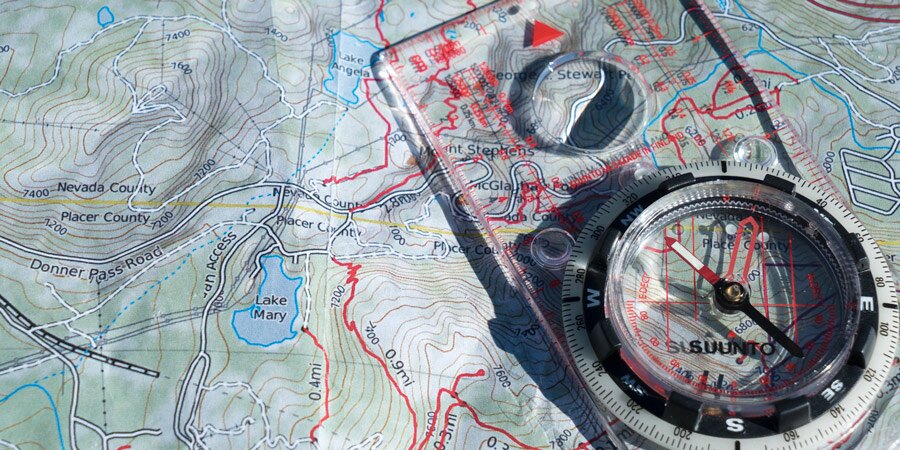
Modern navigation tools blend traditional methods with newer technology, giving adventurers several ways to understand where they are and where they’re headed. At its core, the navigation system includes a detailed topographic map, a reliable compass, an altimeter watch, a GPS device, and when traveling far from civilization, a personal locator beacon or satellite messenger. Even if you rely heavily on digital tools, having at least one non-electronic backup is critical.
A topographic map is still the backbone of safe travel. It shows elevation, terrain features, slope angles, rivers, trail networks, and subtle landforms that help you identify your location. Even on short trails, understanding how to read a map gives you a sense of confidence and awareness that technology alone can’t provide.
A traditional compass pairs naturally with the map. It doesn’t need batteries, doesn’t glitch in the cold, and can be used even when your electronics die. Many outdoor travelers prefer compasses with sighting mirrors, not only because they improve accuracy but also because the mirror can reflect sunlight as an emergency signal if rescuers are searching for you.
GPS devices remain extremely useful. They pinpoint your position within seconds and display it on digital maps. Outdoor-oriented models are built for rough conditions, and smartphone GPS apps have become more popular as offline maps improve. But phones drain quickly, especially in cold weather, so carrying extra batteries or a power bank becomes part of the system.
Altimeter watches measure elevation using air pressure or GPS data. This lets you cross-reference your position against contour lines on a map, which is helpful in areas where trails are faint or visibility is low. As you gain experience, you start reading elevation changes almost like breadcrumbs that show where you’ve been and what’s ahead.
Personal locator beacons and satellite messengers are the final tool in this system. They are not navigation devices in the traditional sense, but they play an essential role in emergencies. If you become injured or lost in an area without cell reception—which includes most backcountry terrain—these devices send your coordinates directly to rescue teams through satellites. Many hikers hope they never need to activate one, but carrying one transforms a hopeless situation into one where help can actually arrive.
2. Headlamp and Nighttime Lighting
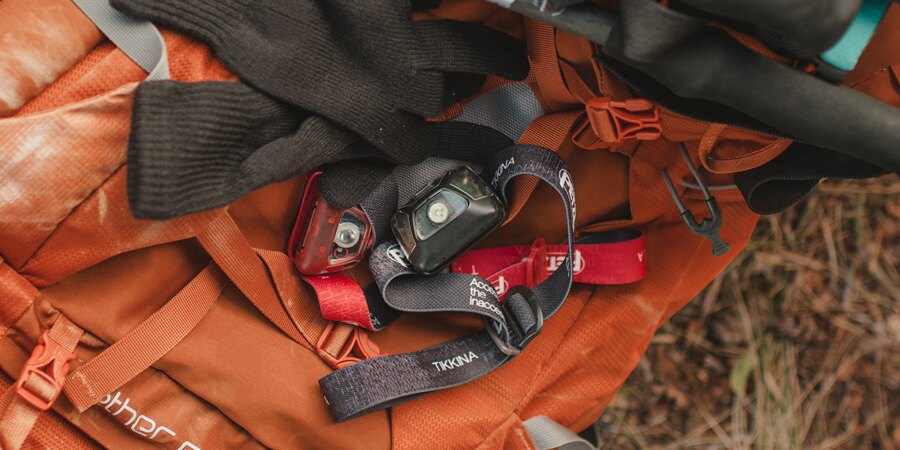
Finding your way after sunset is nearly impossible without a dependable light source. A headlamp remains the most practical tool because it keeps both hands free, letting you manage gear, cook, use trekking poles, or navigate uneven terrain. Even if you’re planning a short outing with no intention of hiking after dark, unexpected delays happen—clouds roll in, trails take longer than expected, or a beautiful view keeps you out longer than planned.
Carrying spare batteries is a must. Cold temperatures drain power faster, and many hikers underestimate how long their light has been running. Some keep a tiny backup headlamp in their pack just in case the main one fails. A small, lightweight light can be the difference between safely moving through the forest and stumbling blindly through dangerous terrain.
3. Sun Protection Basics
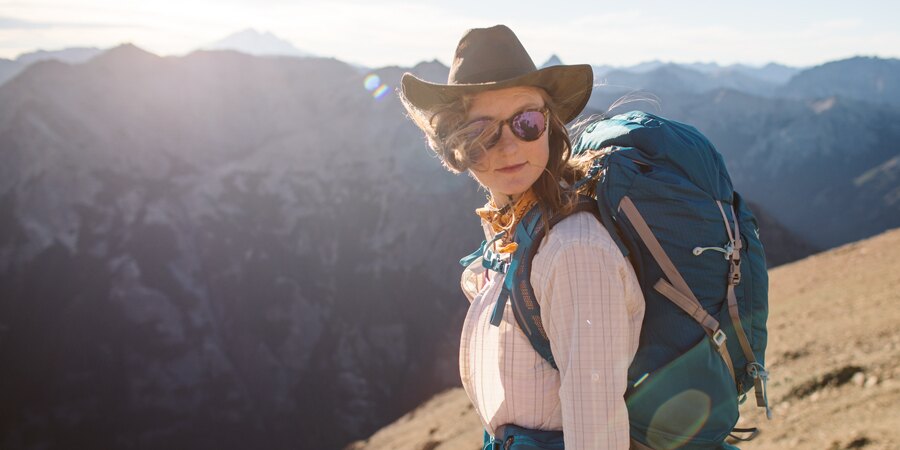
The sun can be surprisingly harsh when you’re outdoors for hours, especially at higher elevations or in snowy landscapes where UV rays reflect back upward. Proper sun protection includes sunglasses, sunscreen, and clothing that shields your skin.
Quality sunglasses are not optional in bright terrain. They protect your eyes from ultraviolet radiation that can lead to long-term issues such as cataracts or macular damage. If you’re traveling through snowfields, glaciers, or deserts, consider darker glacier glasses designed specifically to handle intense glare. Groups often carry a spare pair because losing sunglasses in high UV environments can quickly become dangerous.
Sunscreen should be applied generously. Choose formulas that protect against both UVA and UVB rays. While SPF 15 can work for casual outdoor time, SPF 30 or higher is better for long hours in the sun. Don’t forget often-missed spots like under the chin, the back of the neck, and the tops of your hands. Reapply regularly, especially if you sweat heavily or cross areas with intense reflection like lakes or snowy valleys.
Sun-protective clothing adds another layer of defense. Many hikers prefer long-sleeve shirts with UPF ratings because they reduce the need for constant sunscreen application. A lightweight wide-brimmed hat shields your face, ears, and neck, and can be invaluable during hot or high-altitude trips. Even a simple bandana can help cover sensitive skin when sunlight becomes intense.
4. First Aid Essentials
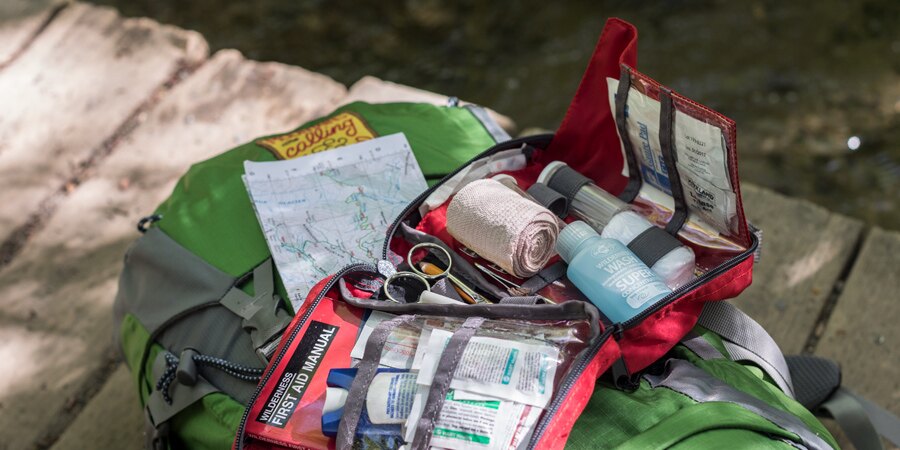
A first-aid kit isn’t just a box of medical supplies—it’s peace of mind in your backpack. Whether you buy a pre-assembled kit or build your own, the goal is to have everything you need to handle common injuries: blisters, cuts, scrapes, sprains, headaches, and allergic reactions. Most hikers customize their kits over time, adding items they’ve found useful on past trips.
Typical supplies include adhesive bandages in many sizes, gauze pads, medical tape, disinfecting ointment, pain relievers, blister care products, tweezers, safety pins, nitrile gloves, and a small notepad with a pen. Extra blister treatment is particularly important since foot injuries can end a trip quickly.
The number of people in your group and the length of your trip influence how much you bring. Longer outings require more supplies and possibly additional items such as compression bandages, larger dressings, or medications specific to group members’ needs. Many hikers also add a compact first-aid reference booklet. In an emergency, having a quick guide can make a stressful moment more manageable.
5. Knife and Repair Tools
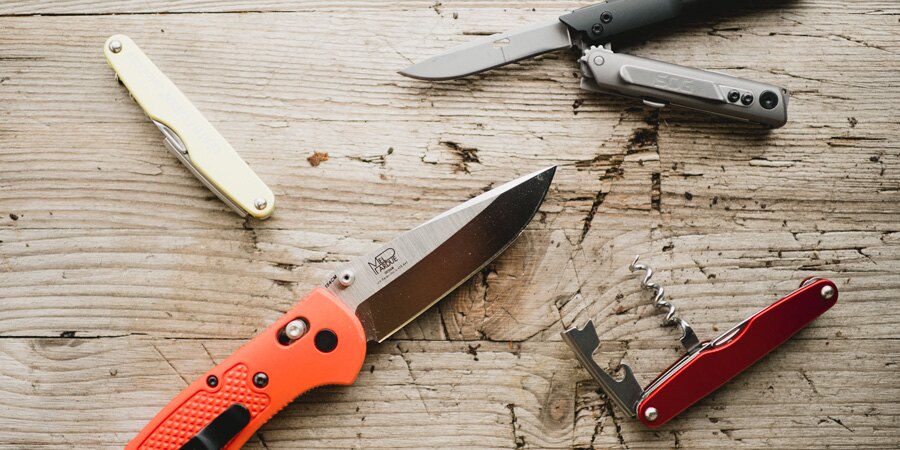
A sturdy knife is one of the most versatile tools outdoors. It can slice food, repair gear, trim branches, cut rope, prepare kindling, or help in emergency situations. Both simple folding knives and multi-tools have a place in the backcountry, depending on what activities you’re doing. A multi-tool with screwdrivers, scissors, or pliers becomes helpful if you’re maintaining equipment or traveling with less experienced companions who may need extra support.
A small repair kit complements the knife. Duct tape wrapped around a water bottle, zip ties, safety pins, cordage, and fabric repair patches take up very little space but can fix broken tent poles, torn jackets, cracked water filters, and loose snowshoe straps. The farther you are from help, the more essential these tiny items become—they let you improvise solutions and keep moving instead of being stranded.
6. Fire-Making Tools and Heat Sources
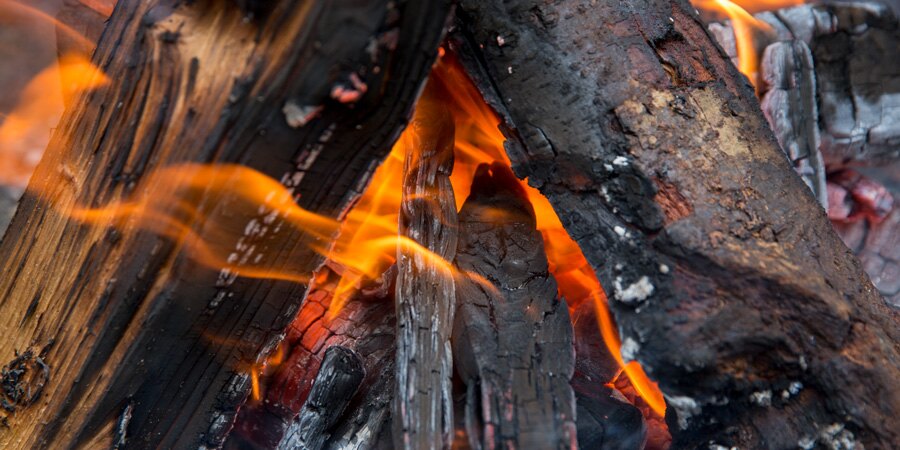
Fire is one of the oldest survival tools humans rely on, and in the wilderness it remains essential. A dependable fire provides warmth, dries wet clothing, boils water, cooks food, and signals for help if something goes wrong. Because of this, you should always carry a combination of ignition tools and fire-starting aids that work even in poor conditions.
Most hikers rely on a compact butane lighter for convenience. It sparks instantly and is easy to handle with cold fingers. Waterproof matches stored in a sealed container are an important backup, especially in severe weather. Convenience-store matchbooks are too fragile for outdoor use, so specialized waterproof or storm-proof matches are strongly preferred.
A good firestarter makes the process much easier. Natural tinder works when dry, but in damp or rainy conditions you’ll want something that burns hotter and longer. Many hikers pack a small bag of dryer lint, waxed cotton pads, commercial fire nuggets, priming paste, or shavings from resin-rich wood. These take up almost no space but offer a reliable burst of heat to bring wet wood to life.
In areas where firewood is scarce—such as alpine zones, exposed ridgelines, or snowy landscapes—carrying a small stove becomes part of your emergency heat plan. A lightweight canister stove or alcohol burner can melt snow, warm drinks, and help keep morale high when temperatures drop unexpectedly.
7. Emergency Shelter Options
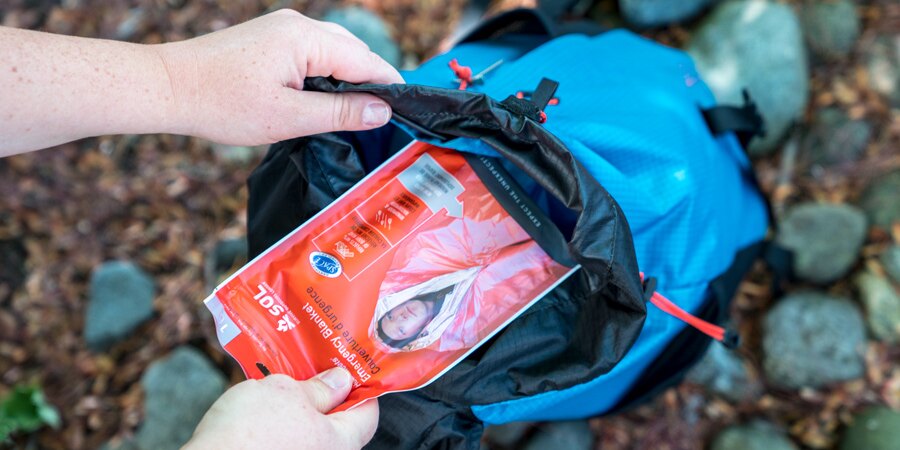
When you're far from roads or buildings, shelter becomes one of the most important forms of protection. If you get injured, delayed, or caught in severe weather, something as small as a breeze can significantly lower your body temperature. Having a lightweight emergency shelter ensures you can protect yourself from wind, rain, and cold even if you never reach your planned campsite.
An emergency shelter can take several forms. Many hikers carry an ultralight tarp folded into a compact square, which can be set up quickly between trees. Others pack a bivy sack, which offers a cocoon-like layer of protection around your sleeping bag or body. Space blankets—those thin, reflective sheets that weigh next to nothing—can be lifesavers by retaining body heat and shielding you from wind. Even a large, heavy-duty trash bag can serve as a temporary barrier against the elements if it’s all you have.
A key point many beginners overlook: your regular tent is only useful if it’s with you at all times. Leaving it behind at a base camp or in your car means you don’t have real protection if something unexpected happens while you’re on the trail. The Ten Essentials emphasize having a dedicated, always-carried emergency option—one that lives in your backpack on every trip.
8. Extra Food for Delays or Emergencies
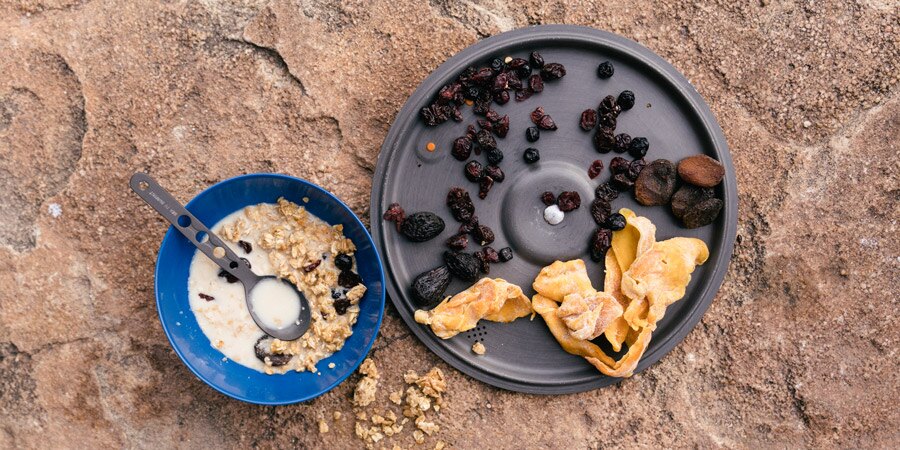
Outdoor trips rarely follow a perfect schedule. You might get delayed by weather, trail obstacles, wildlife encounters, or simple exhaustion. Because of that, carrying extra food is far more important than many new hikers realize. Even a single unexpected night outside can be physically demanding, and having food keeps your energy steady and your decision-making clear.
A good rule is to pack at least one additional full day’s worth of food beyond what you plan to eat. Choose items with long shelf lives that don’t require cooking—energy bars, nuts, dried fruit, jerky, peanut butter packets, or dense trail mixes. These foods stay edible through temperature swings and can be eaten even if you’re too tired or too cold to use a stove.
On longer backpacking trips or winter journeys, bring more than a one-day reserve. Cold-weather travel burns calories much faster, and unexpected storms can trap you in place for longer than you expect. Having extra food means you’re not forced into unsafe decisions just because your meals are running low.
9. Extra Water and Purification Tools
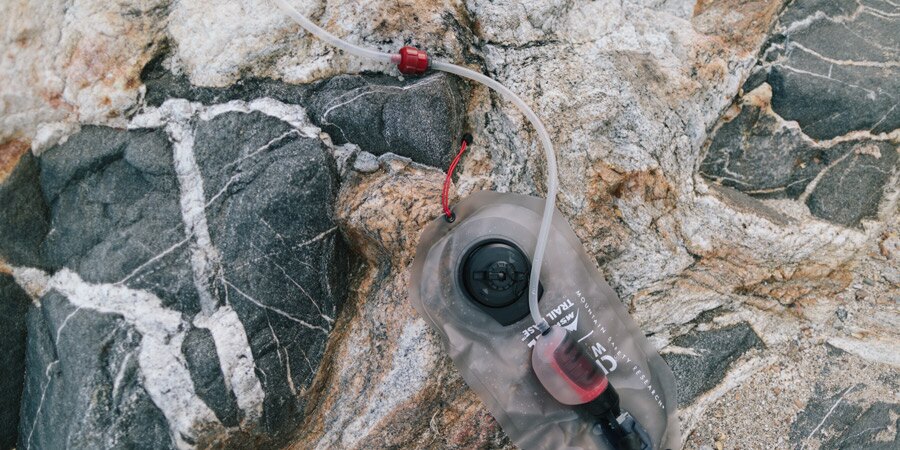
Water keeps you functioning, thinking clearly, and moving safely. Dehydration creeps up faster during physical exertion, altitude changes, or hot weather, and once it hits, it affects your judgment and physical ability. Carrying enough water—and having the ability to treat more—should be non-negotiable.
Most people require roughly half a liter of water per hour during moderate activity, but several factors increase your needs: temperature, humidity, altitude, trail steepness, and pack weight. Because of this, carrying a single bottle is rarely enough. A water bottle or collapsible reservoir is a starting point, but always consider how far apart natural water sources are and whether they’ll be accessible.
Equally important is your ability to purify water you find. Streams and lakes may look clean, but untreated natural water can carry harmful microorganisms. Water purification options include portable filters, ultraviolet purifiers, iodine tablets, chlorine dioxide treatments, and boiling if you have a stove and fuel. Even melting snow can work in winter, though it takes extra fuel and patience.
Plan ahead by filling your containers at trailheads with treated water. As you move through the wilderness, refill and filter whenever you encounter reliable water sources, especially in dry climates or areas with long distances between streams.
10. Extra Clothing for Unpredictable Weather
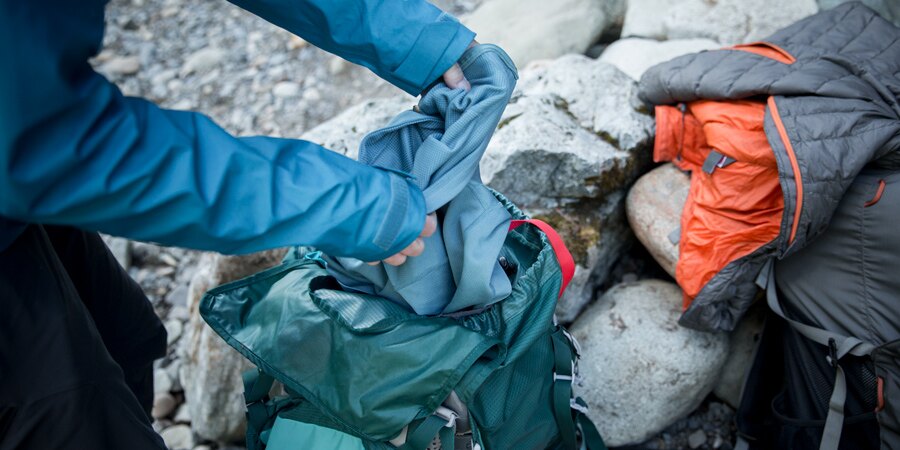
Weather in the backcountry has a mind of its own. Clear skies can turn into rainstorms, warm afternoons can become chilly evenings, and high winds can arrive with almost no warning. Injuries or navigation mistakes can also force hikers to stay outside longer than expected. Extra clothing provides the insulation and protection needed to handle unplanned exposure.
Choosing what to bring requires imagining the worst reasonable conditions you might face. Think about the coldest temperature you could encounter at night or during sudden weather changes. Common backup clothing includes thermal base layers, insulated hats or balaclavas, spare socks, waterproof gloves, and a synthetic or down-filled jacket. Some hikers also carry lightweight wind shells that add surprising warmth without much weight.
In winter or alpine terrain, expand your insulation. Bring mid-layer pants or fleece leggings, thicker jackets, and heavier gloves. Even if you feel warm while moving, your body temperature drops quickly when you stop, especially if you’re wet from sweat or rain. Extra layers can keep you stable long enough for rescue or for conditions to improve.
Using the Ten Essentials in Real Backcountry Situations
Knowing what the Ten Essentials are is one thing, but understanding how to apply them in real situations is what truly turns this list into a reliable safety system. Every trip—short or long—carries its own set of risks, and the Essentials act as a buffer that absorbs the unexpected. With a bit of preparation, they quietly support you in ways you don’t usually notice until things don’t go according to plan.
When you plan an outing, start by thinking realistically about the environment. Weather forecasts are helpful, but mountain storms and shifting winds don’t always follow predictions. Trails that seem simple on a map can feel completely different in fog, darkness, or fatigue. Even a short afternoon loop can turn into a challenge if someone twists an ankle or if you accidentally take the wrong fork in a trail network. The Ten Essentials give you the flexibility to respond calmly in these moments without panic or improvisation.
Navigation tools, for example, become more valuable the moment your internal sense of direction starts to fade. A map paired with a compass or GPS turns confusion into clarity. A headlamp you barely used all year suddenly becomes priceless when you’re hiking the last stretch in the dark. Your first-aid kit may sit untouched for months until the day someone gets a blister, an unexpected cut, or an allergic reaction—then it becomes the star of your pack.
Emergency shelter and extra clothing often feel unnecessary on warm days, but the backcountry can catch you off guard. A harmless drizzle turns into a cold, wind-driven rain; fog makes it impossible to continue safely; or you simply overestimate the distance you can cover before nightfall. Carrying a compact emergency shelter means you can stay dry and reduce dangerous heat loss. Spare food and water keep your energy stable, which is crucial for making smart decisions under stress.
The Ten Essentials also teach a mindset: be prepared, stay aware, and assume conditions can change. Over time, you learn to tailor your gear exactly to your style of travel. Some hikers expand their kits with backup fire tools, repair parts, additional clothing, or more advanced communication devices. Others streamline their load but still keep the heart of the system with them. The goal isn’t to create a burden in your pack—it’s to create a safety net that gives you confidence and freedom to explore without unnecessary risk.
In the long run, these items become part of your routine. You pack them almost automatically, check them quickly before you leave, and rarely think about them once you’re on the trail. But if something unexpected happens—and sooner or later, it does—you’ll be thankful you carried each one. The Ten Essentials don’t guarantee a perfect trip, but they make it far more likely you’ll handle challenges with good judgment, warmth, and a sense of control, no matter what the wilderness throws your way.


